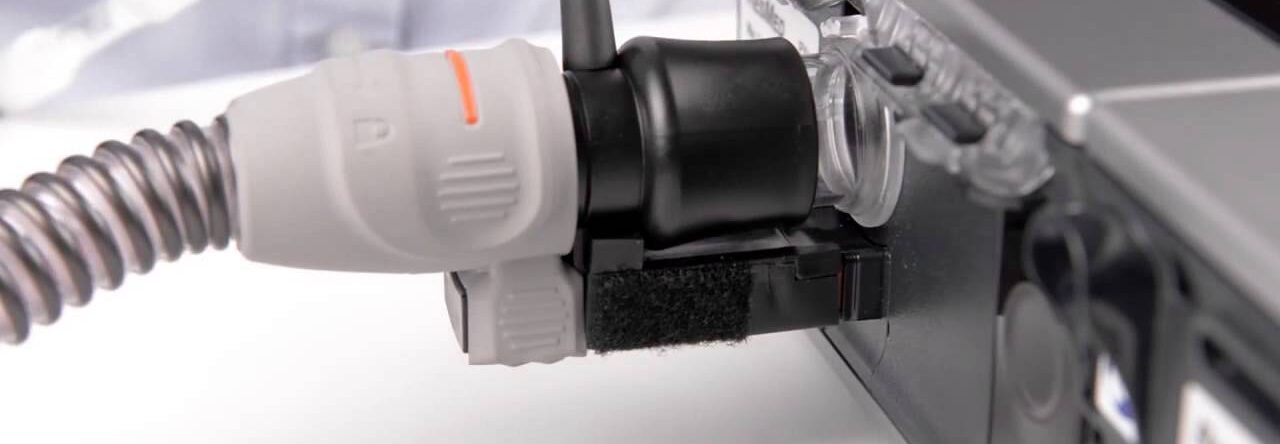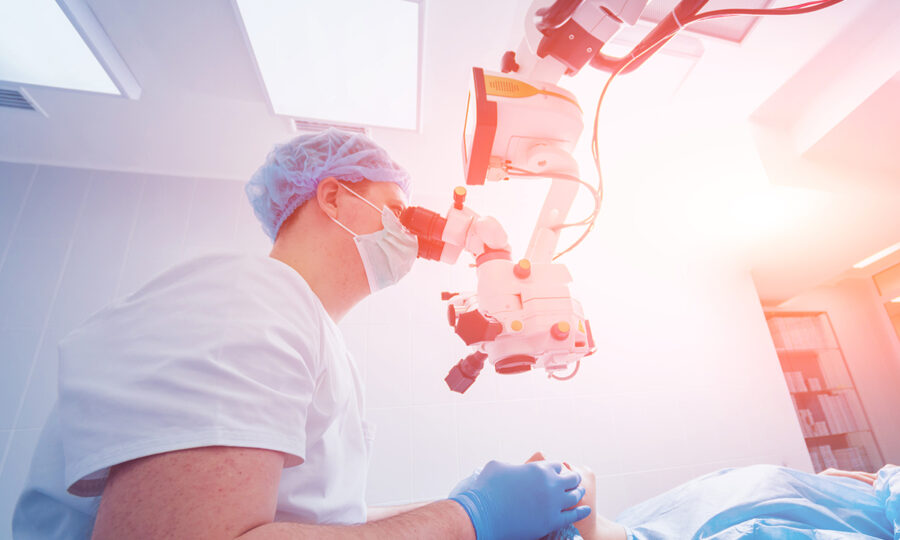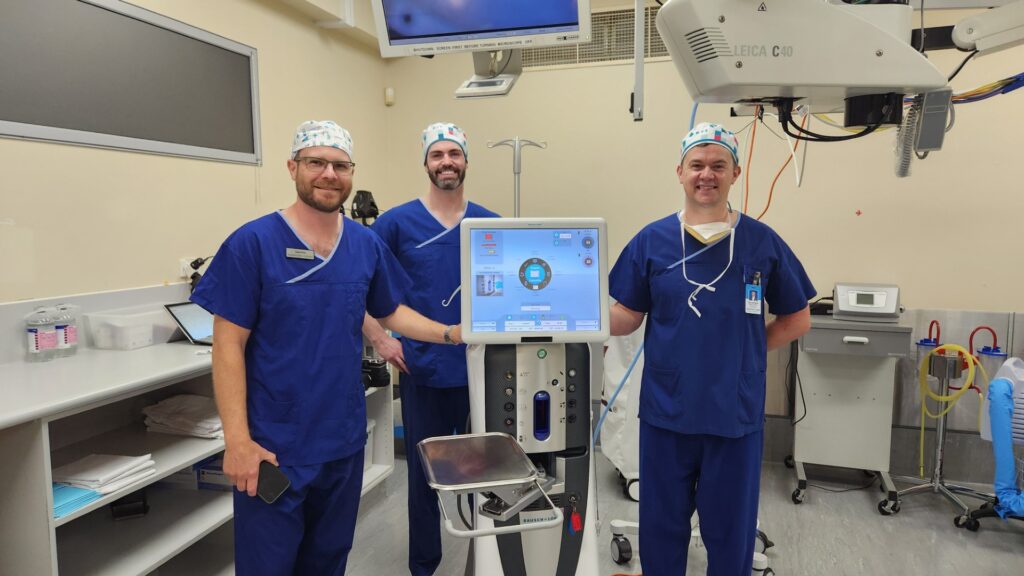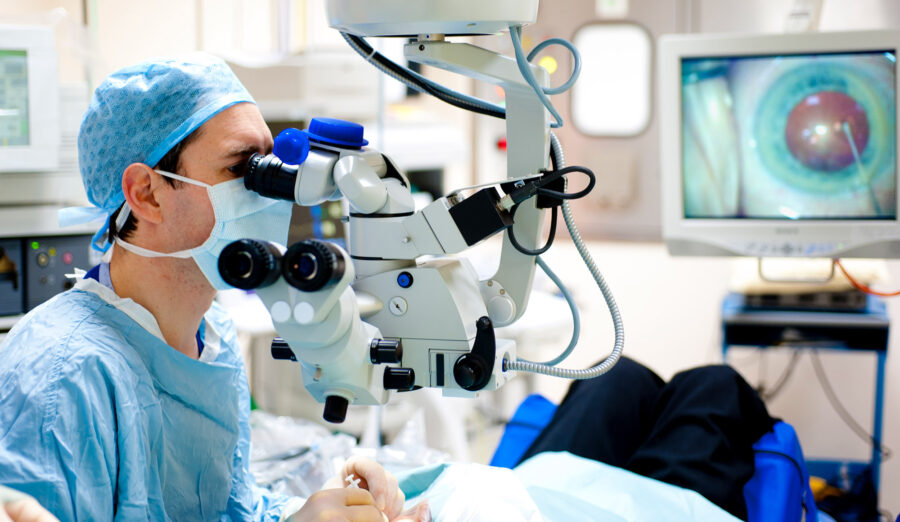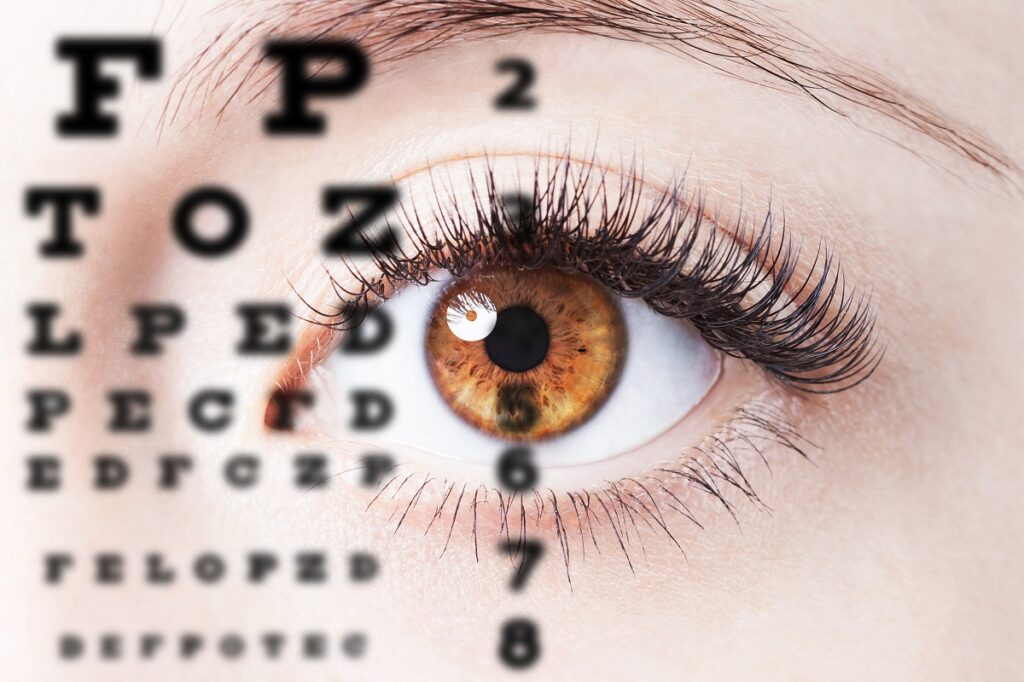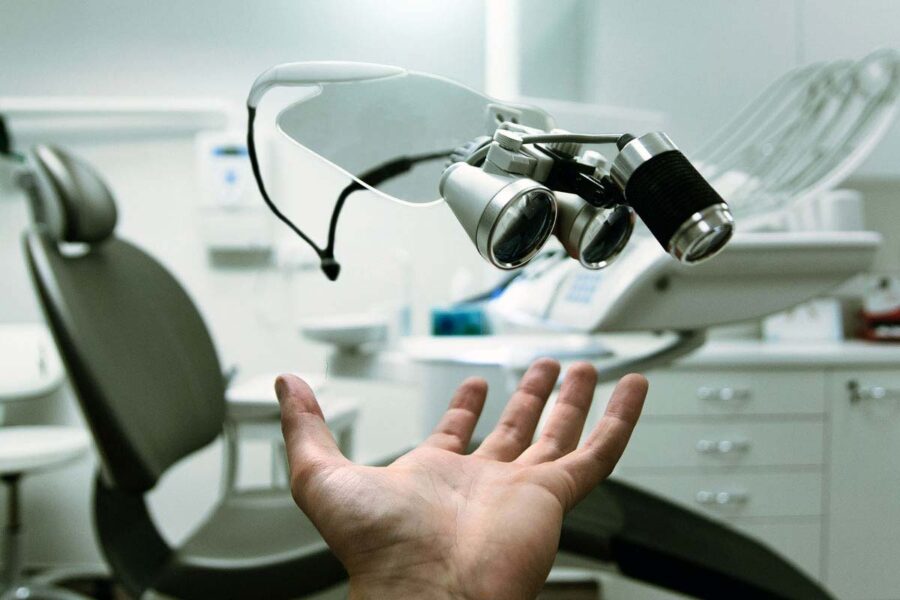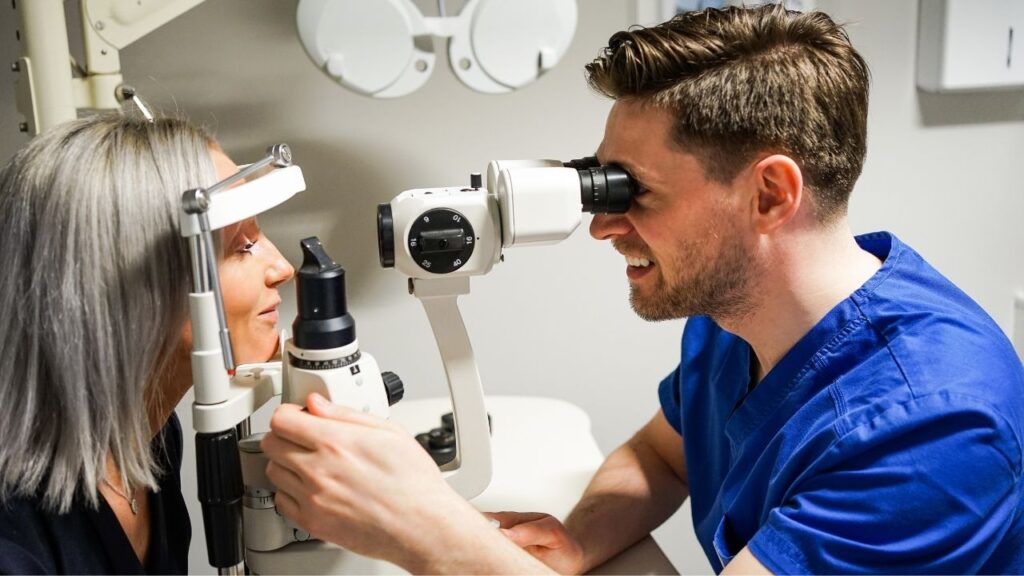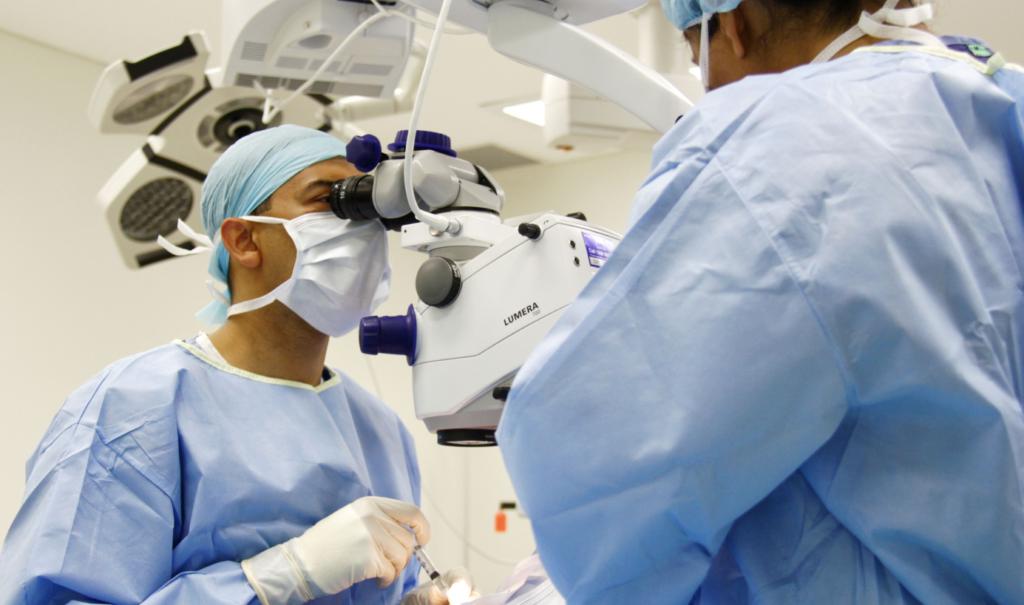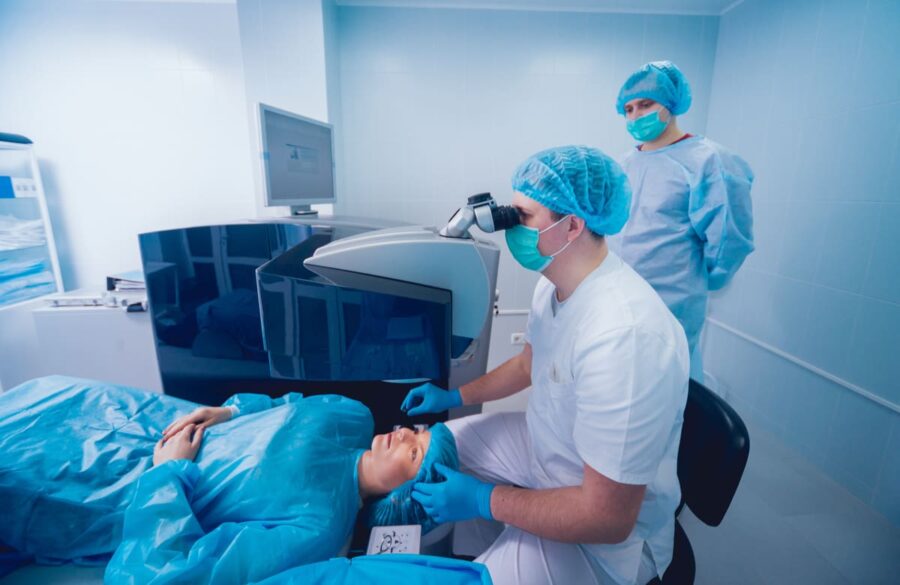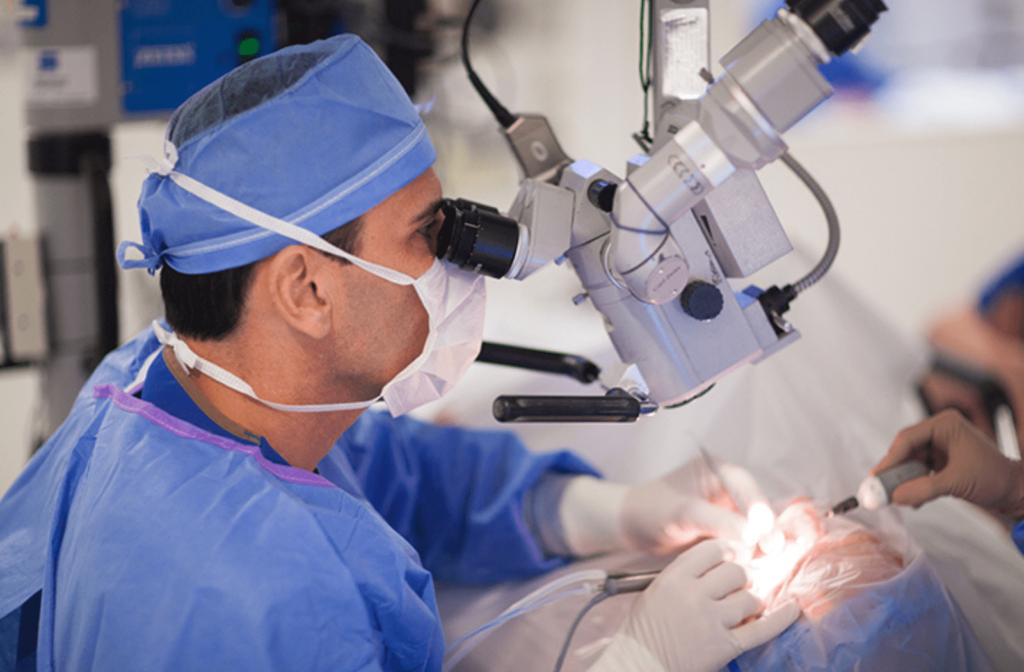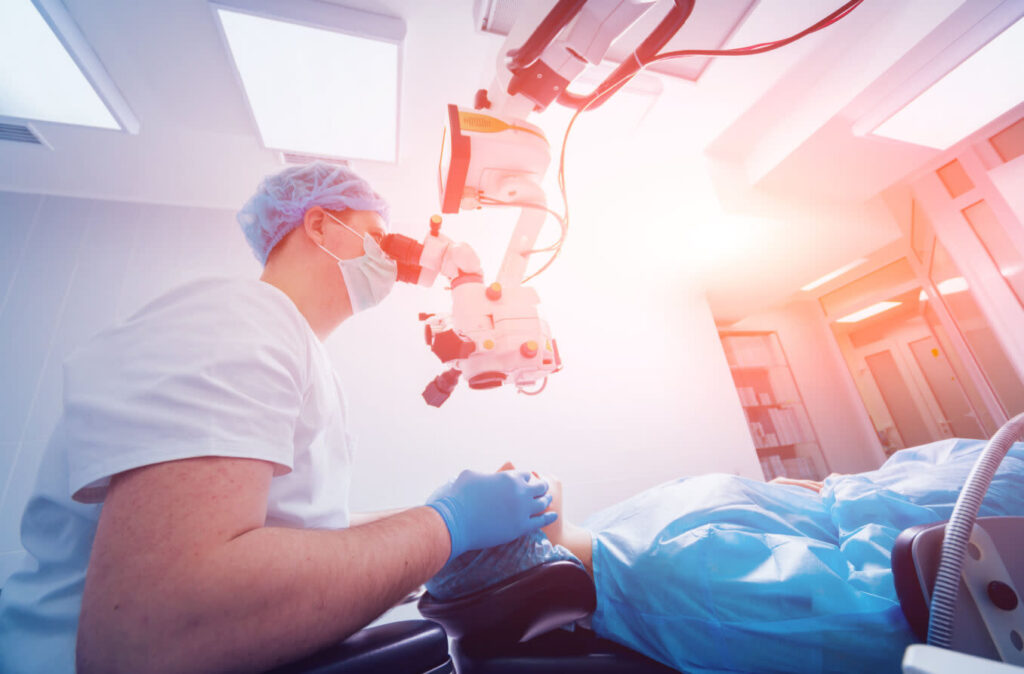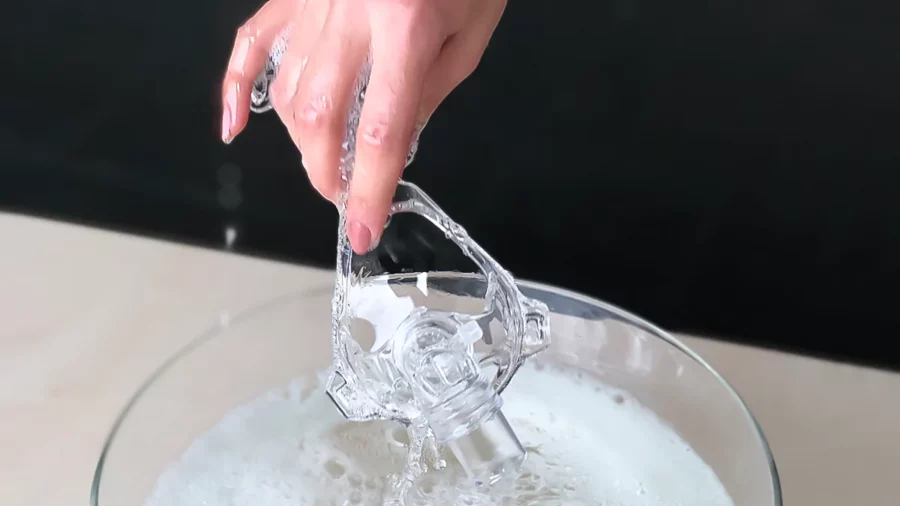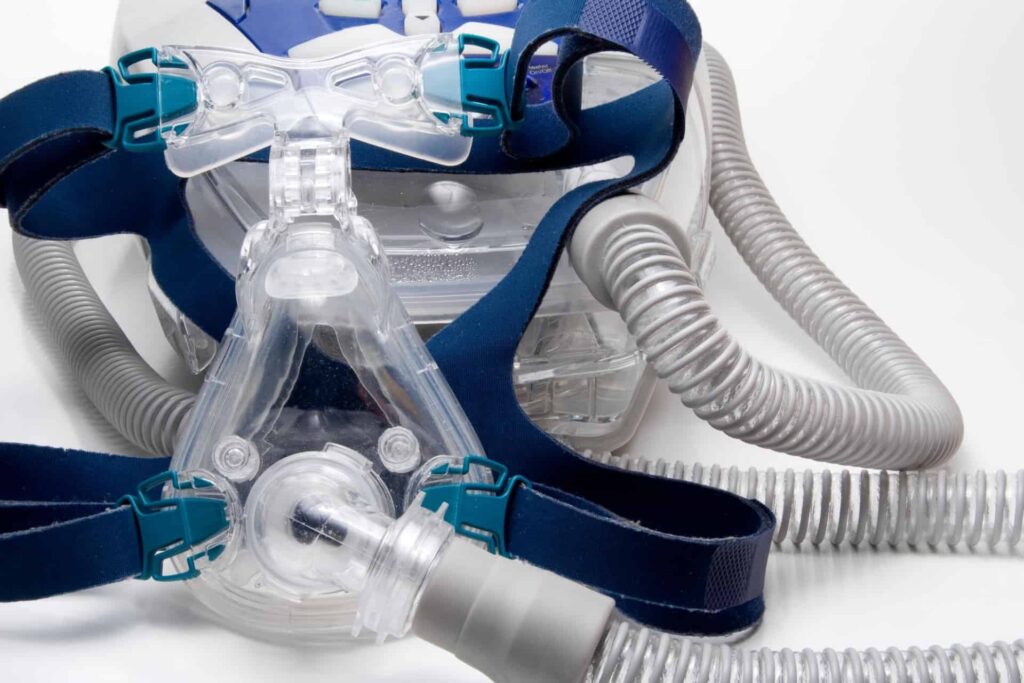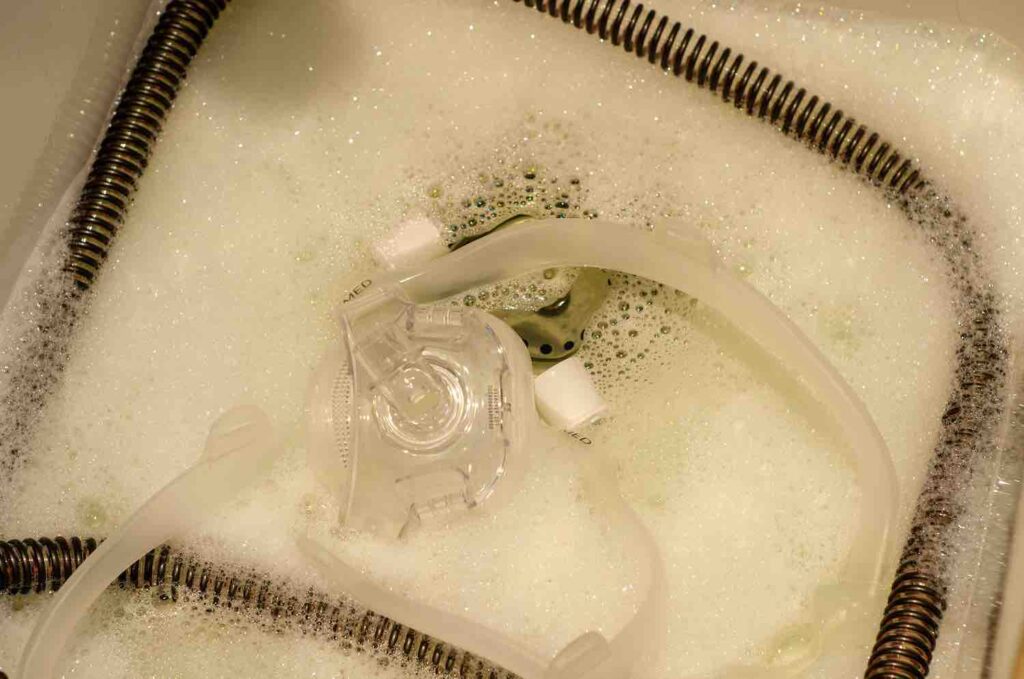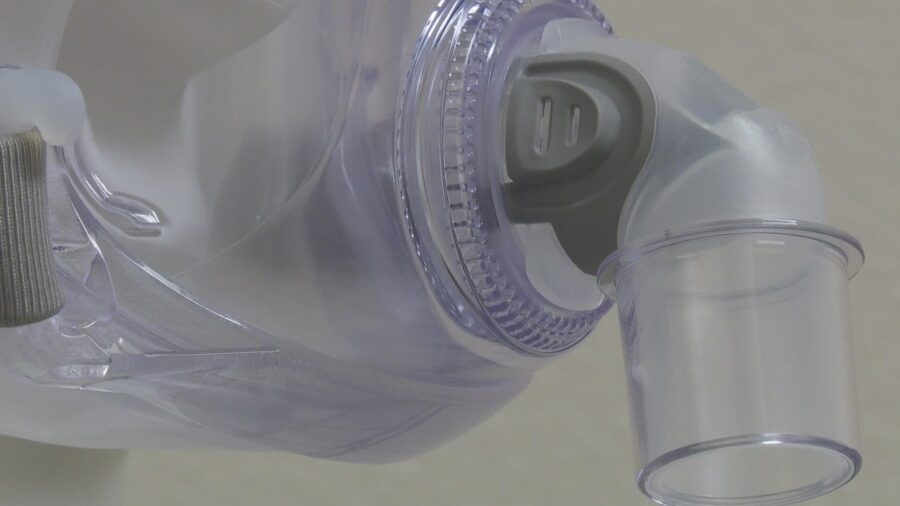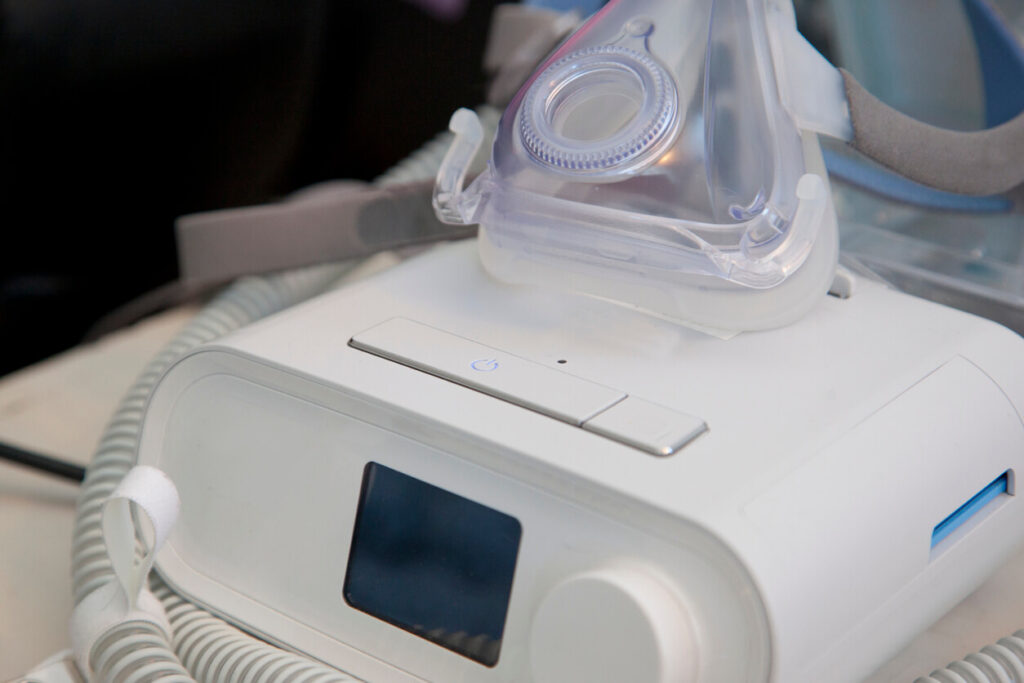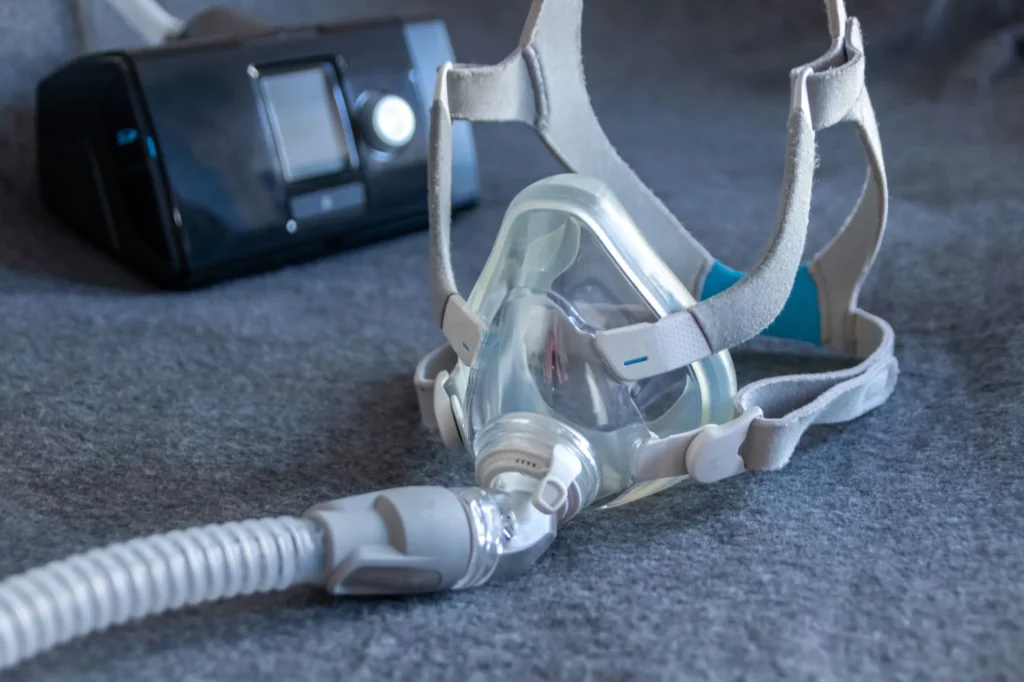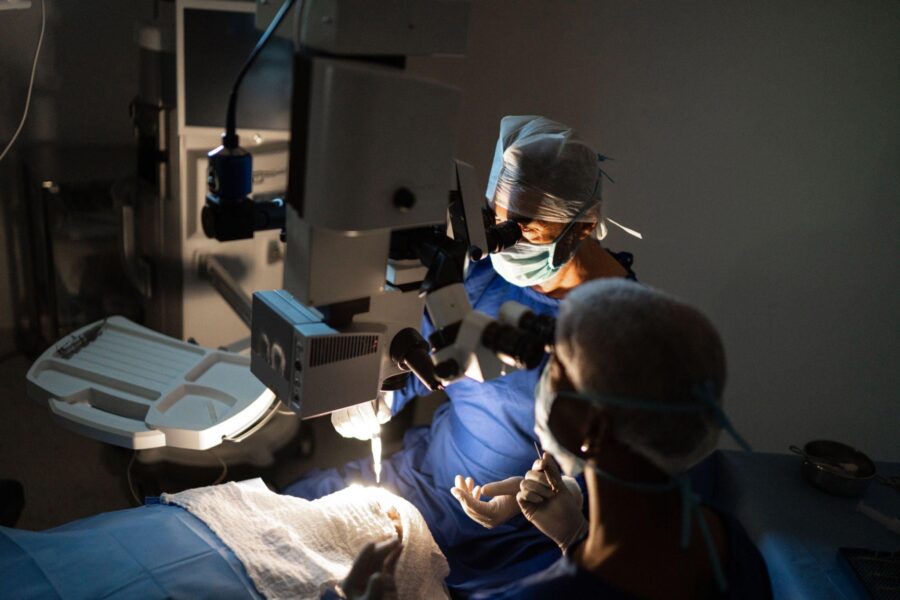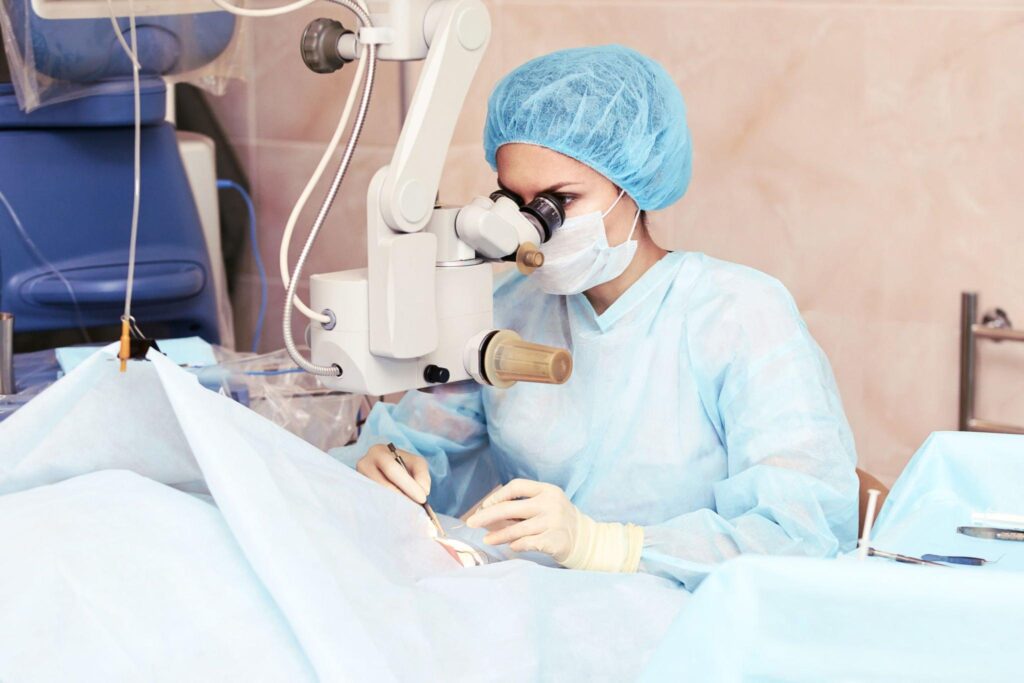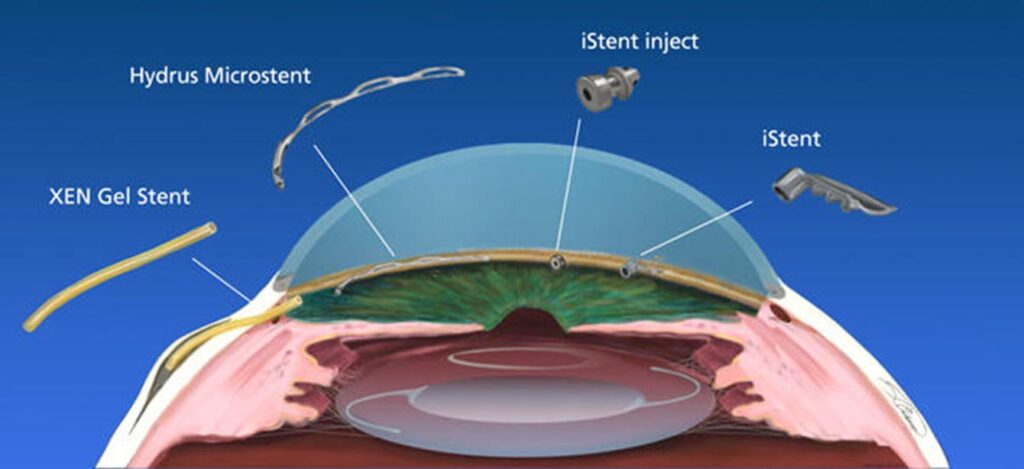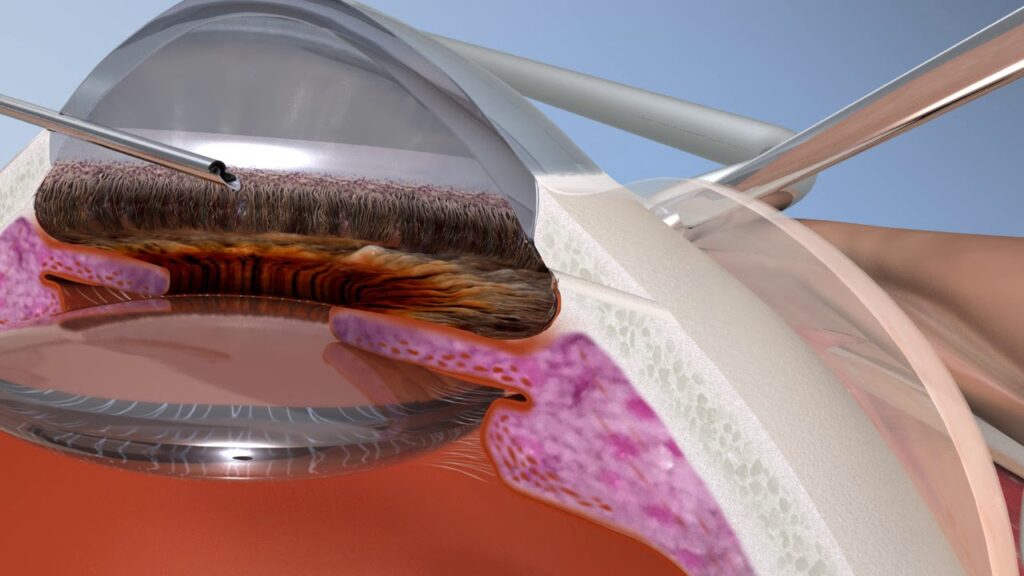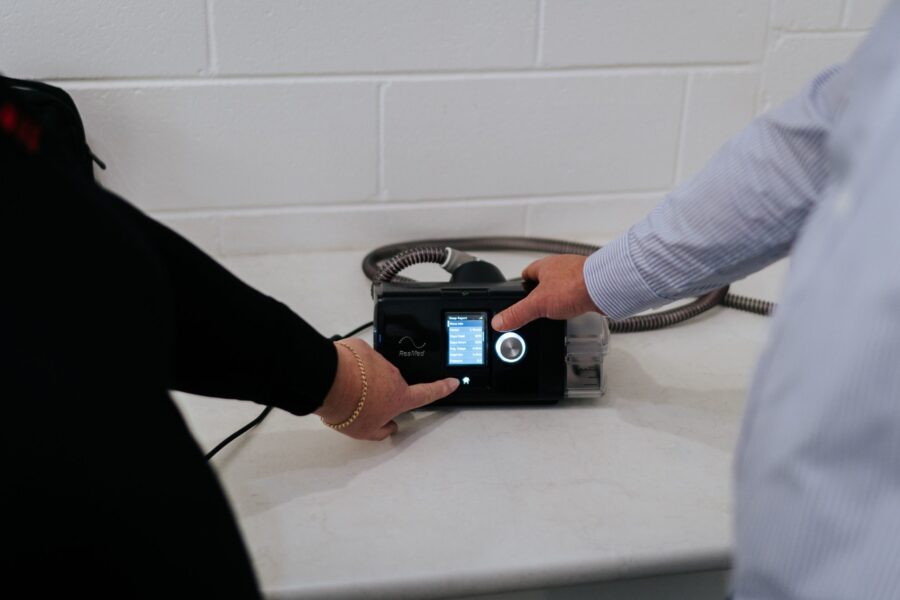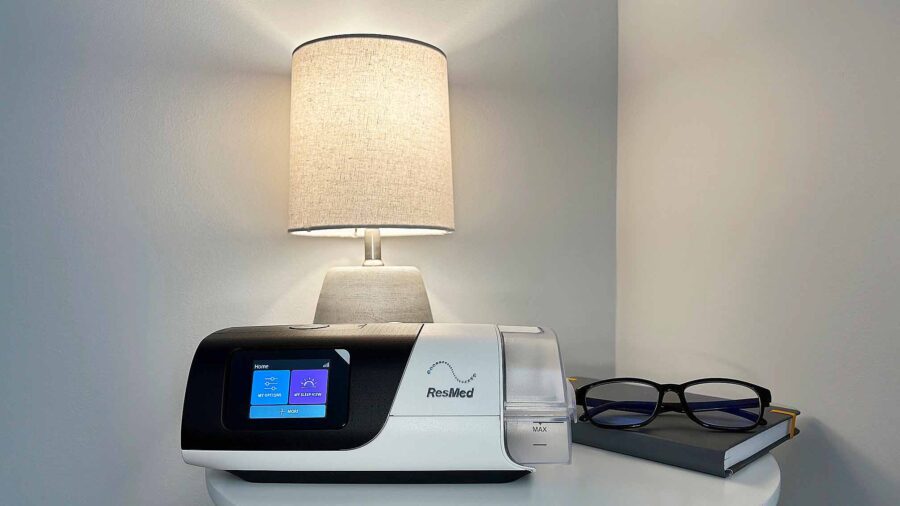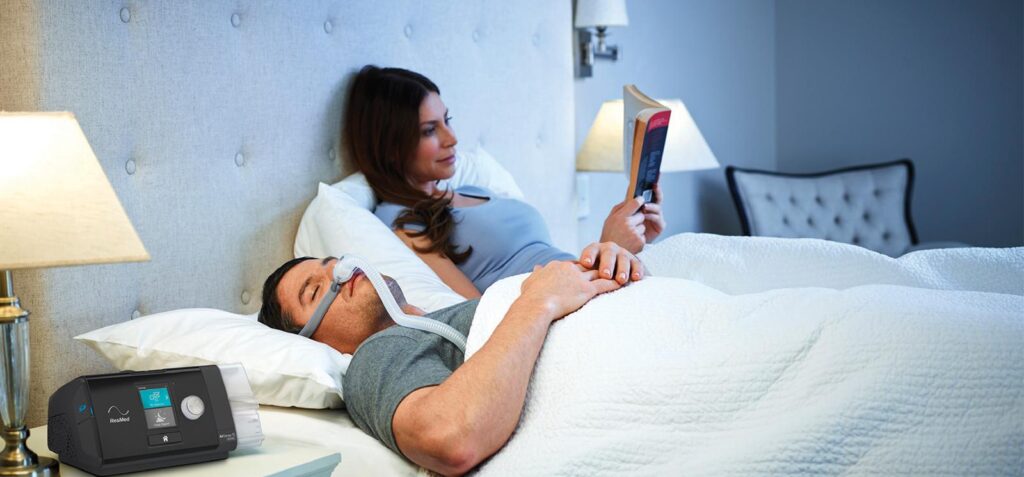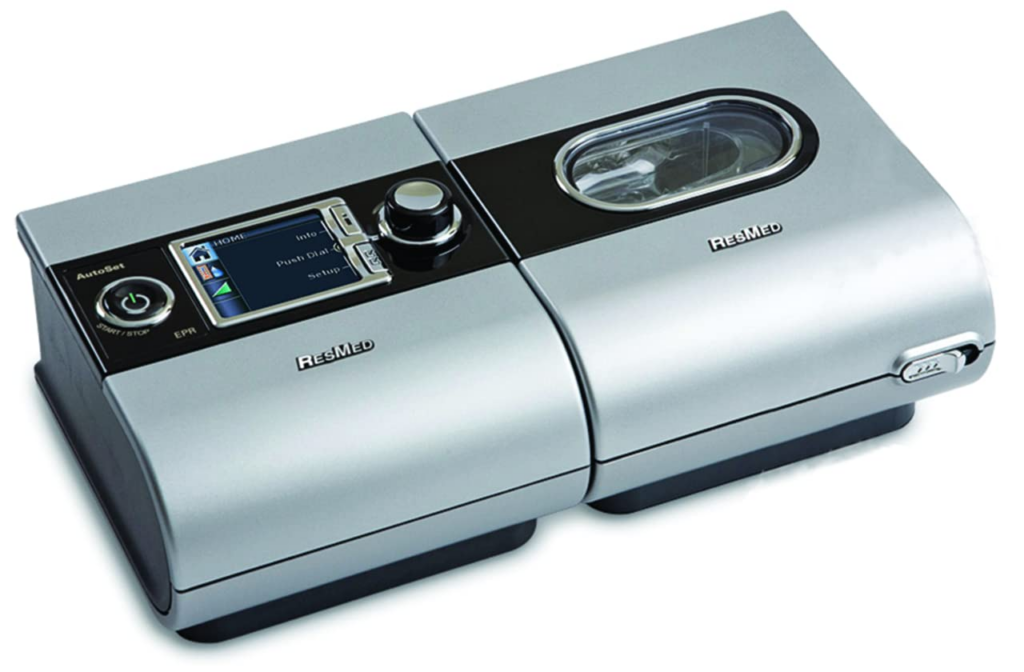Vision impairment is a significant issue that affects millions of people around the world. As individuals seek solutions for better vision, various treatment options arise, including cataract surgery, laser eye surgery, and corrective lenses. This article aims to delve into cataract surgery in Australia, comparing it with alternative vision treatments, assessing their effectiveness, costs, accessibility, and recovery times, ultimately aiding in making an informed decision.
Understanding Cataract Surgery in Australia
Cataract surgery is a common and typically safe procedure aimed at restoring vision impaired by cataracts, which are clouding in the eye’s lens. In Australia, this operation is routinely performed by qualified ophthalmologists in specialized clinics and hospitals. The National Health Service (NHS) provides assistance for eligible patients under Medicare, making it highly accessible. The prevalence of cataracts increases with age, making this procedure particularly relevant for the elderly population, who often experience a decline in their quality of life due to vision impairment.
In conclusion, comparing cataract surgery Australia with other vision treatments reveals a multitude of factors to consider. While cataract surgery offers high success rates and rapid recovery time, alternatives such as laser eye surgery and corrective lenses may appeal to individuals with different needs. Understanding the costs, risks, and effectiveness of each treatment ensures patients can navigate their options with confidence, resulting in better vision and enhanced quality of life.
The Process of Cataract Surgery
The process begins with a thorough examination by an eye specialist to assess the severity of the cataract and determine the appropriate course of action. On the day of the surgery, patients may receive local anesthesia and sedation to ensure comfort during the procedure. The surgeon then makes a small incision in the eye to remove the cloudy lens, replacing it with an artificial intraocular lens (IOL). This surgery usually lasts less than an hour. Advances in technology, such as femtosecond laser-assisted cataract surgery, have further improved precision and outcomes, allowing for more customized treatment plans tailored to each patient’s unique eye anatomy.
After the procedure, patients typically have follow-up appointments to monitor their recovery, as well as guidance on postoperative care. Most individuals experience a significant improvement in their vision shortly after the operation. It is not uncommon for patients to notice changes in their color perception, as the new lens can enhance vibrancy and clarity, allowing them to appreciate details they may have missed for years.
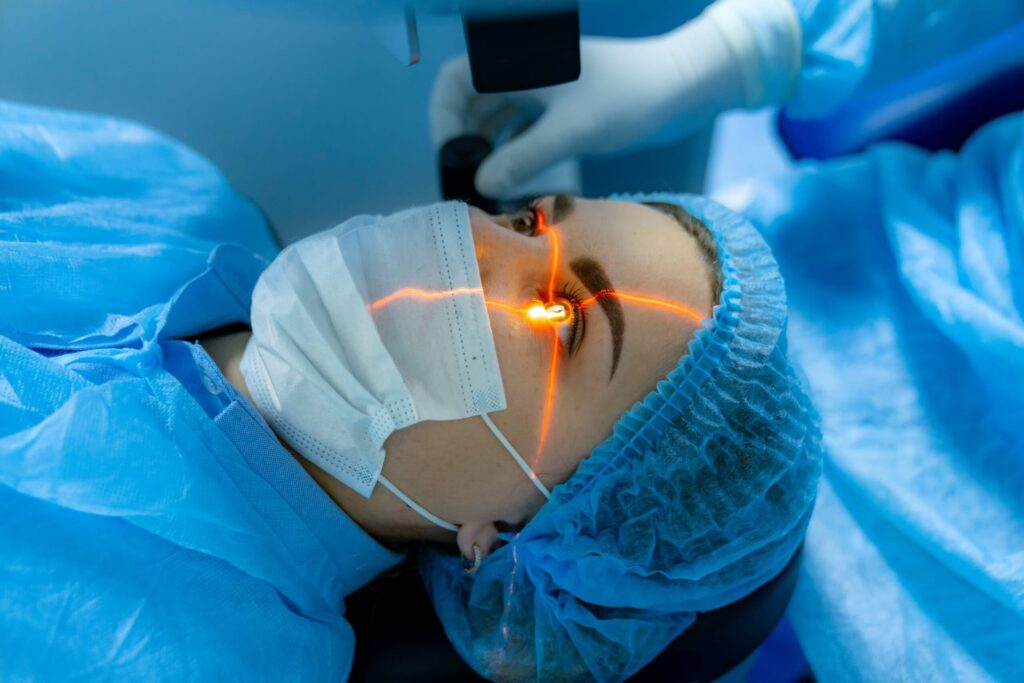
Benefits of Cataract Surgery
The primary benefit of cataract surgery is the restoration of clear vision, which can dramatically improve quality of life. Patients often report enhanced ability to perform daily tasks, increased mobility, and overall satisfaction. Furthermore, cataract surgery has a high success rate, with many patients achieving 20/25 vision or better post-surgery. The newfound clarity can also have profound effects on social interactions and mental well-being, as individuals regain the confidence to engage in activities they once found challenging, such as reading, driving, or enjoying outdoor activities.
Another advantage is the procedure’s quick recovery time; most patients resume their regular activities within a few days. The use of modern techniques and technologies further minimizes complications, making cataract surgery one of the safest surgical procedures in the medical field. Additionally, many patients find that their dependence on glasses or contact lenses decreases significantly after surgery, leading to greater freedom and convenience in their daily lives.
Potential Risks and Complications
As with any medical procedure, cataract surgery carries some risks. While significant complications are rare, potential issues include infection, bleeding, and retinal detachment. There may also be a risk of experiencing visual disturbances, such as glare or halos, particularly at night. These side effects can be temporary for many patients, but it is essential to monitor any changes closely and communicate with the healthcare team.
Patients are encouraged to discuss these risks with their ophthalmologist, who can provide detailed information about probability and management strategies to minimize complications. Being informed about potential outcomes can help patients prepare mentally and physically for the experience. Additionally, understanding the importance of adhering to postoperative care instructions, such as using prescribed eye drops and attending follow-up appointments, can significantly enhance recovery and ensure the best possible results from the surgery. Learn more about complications on https://www.cancer.gov/publications/dictionaries/cancer-terms/def/complication
Overview of Other Vision Treatments
Besides cataract surgery, there are several other vision treatments available, each with its own advantages and disadvantages. Understanding these alternatives can provide individuals with a broader perspective on their options for better vision.
Laser Eye Surgery
Laser eye surgery, commonly referred to as LASIK or PRK, is another popular method for correcting refractive vision disorders such as myopia, hyperopia, and astigmatism. During the procedure, a laser reshapes the cornea to allow light entering the eye to focus properly on the retina.
Many patients achieve excellent results with minimal downtime, often returning to normal activities within a day or two. However, candidates for laser surgery need to meet certain criteria regarding age, eye health, and prescription stability.
Corrective Glasses and Contact Lenses
For those not seeking surgery, corrective glasses and contact lenses remain widely utilized options. These treatments provide a non-invasive way to enhance vision and are particularly beneficial for individuals with refractive errors. The main advantage of glasses and contacts is their flexibility; adjustments can be made as vision changes over time.
However, they do have some downsides. Glasses can be cumbersome and may not suit every lifestyle, while contact lenses require diligent care to avoid complications such as infections. Regular check-ups with an optometrist ensure prescriptions remain up-to-date and effective.
Vision Therapy
Vision therapy is a specialized treatment for addressing conditions such as amblyopia (“lazy eye”) and convergence insufficiency. It involves a series of exercises and activities aimed at improving visual skills and processing. Often recommended for children, this method is tailored individually, making it different from more conventional approaches.
While vision therapy can be effective for specific issues, it generally requires ongoing commitment and multiple sessions, making it a longer, often more intensive process compared to other treatment options.
Comparing Costs and Accessibility
When considering vision treatments, cost and accessibility are significant factors that can influence a patient’s decision. Analyzing these elements can help individuals allocate resources effectively and choose the option that best suits their needs.
Cost of Cataract Surgery vs Other Treatments
The cost of cataract surgery in Australia can vary based on the type of procedure and the type of lens used, but it is generally covered, at least partially, by Medicare for eligible patients. Without health insurance, costs can range from $3,000 to $6,000 per eye, including consultations and follow-up appointments.
In comparison, laser eye surgery typically costs between $2,000 and $4,000 per eye, depending on the technology used and the clinic. Corrective glasses and contact lenses can also vary widely in price, with glasses often costing anywhere from $100 to $500, and contact lenses requiring ongoing purchases that might total significantly more over time.
Accessibility of Vision Treatments in Australia
Australia is home to a robust healthcare system, ensuring that most residents have access to various vision treatment options. Cataract surgery is particularly accessible due to financial support from Medicare and availability across both public and private healthcare sectors.
Moreover, laser eye surgery clinics are intertwined throughout urban and metropolitan areas, making this treatment relatively easy to access as well. Corrective lenses and glasses can be obtained through numerous retail outlets and optometrists, reinforcing the wide range of accessibility for these options. To read more about treatment click here.
Evaluating Effectiveness and Recovery Time
The effectiveness of vision treatments can be assessed through success rates and recovery times. Understanding these aspects can help patients set realistic expectations and timelines for their vision improvement journey.
Success Rates of Different Vision Treatments
Cataract surgery boasts a high success rate, with studies showing that approximately 90% of patients experience improved vision after the procedure. Similarly, laser eye surgery reports success rates around 96% for correcting refractive errors, making it an effective choice for many individuals.
Corrective lenses remain effective for managing vision, but their success in providing clear sight relies on accurate prescriptions and proper fittings. Vision therapy has variable success depending on the individual and the condition being treated, which can lead to differing outcomes.
Recovery Time from Cataract Surgery vs Other Treatments
Recovery times vary significantly across types of vision treatments. After cataract surgery, many patients notice enhanced vision within 24 to 48 hours, with full recovery taking about a month. In contrast, laser eye surgery has a quick recovery, with most patients returning to regular activities within one to two days.
For those using corrective glasses or contact lenses, adjustments in vision do not usually require significant recovery, as these options are non-invasive. However, individuals undergoing vision therapy may experience an extended timeline, as consistent practice and follow-up are pivotal for effective results.
Making an Informed Decision
Ultimately, choosing the correct vision treatment necessitates careful consideration of all factors discussed. Patients must weigh their personal circumstances, financial situation, and specific visual needs in order to make a well-rounded decision.

Factors to Consider When Choosing a Vision Treatment
Key factors include the severity of vision impairment, lifestyle choices, and personal preferences regarding surgery and recovery. Additionally, patients should consider their financial limitations and the potential impacts of each treatment on their quality of life.
Consultations with eye specialists can provide valuable insights and personalized recommendations, ensuring patients are fully informed before making a final decision.
Questions to Ask Your Eye Specialist
Before committing to a specific treatment, patients should ask their eye specialist questions such as the following:
- What are the expected outcomes of this procedure?
- What risks and complications should I be aware of?
- How long will the recovery period be, and what are the follow-up requirements?
- What costs are associated with this treatment, and will my insurance cover it?
- Are there alternatives I should consider?
Gathering comprehensive information empowers patients to make informed choices tailored to their unique needs and vision goals.
Read more at: Why Cataracts Surgery Canberra is More Affordable Than You Think

